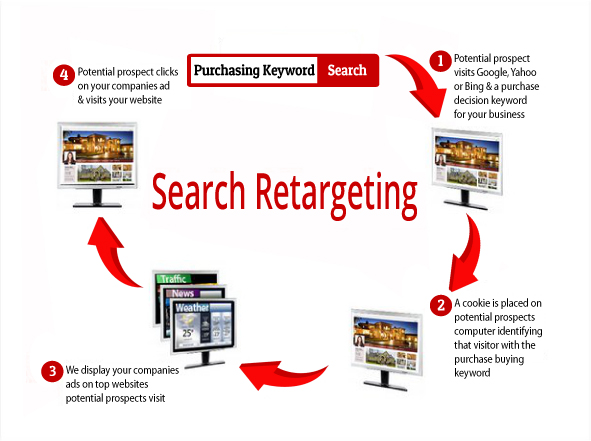Targeting Through Online Ads – Blog Post 3
Targeted display ads have become the focal point of a brand new era of marketing for companies all across the internet, and search targeting, as discussed in class, is one of the primary methods companies aim to provide related content to their potential consumers. Users who search for specific items or services on a search engine will receive ads – on the search engine page – relating to companies who provide this product or service. This feature has proven to be an extremely valuable tool for companies all across the web. Not only does search targeting introduce new consumers to brands they may have never seen before or did not think of, but the vast majority of customers who view these ads actually have a genuine interest in doing business with the advertiser. When compared to widespread embedded web page ads on other websites, where interest was only assumed based on a target market analysis of the prototypical user for that website, its easy to see that this is a revolutionary addition for online marketing.

However, this article expands upon other equally powerful online marketing tools that also have a focus on targeted display ads. The most popular method implemented currently – over 70% of businesses – would be site retargeting, where a user’s visit to Company A’s website will prompt ads for Company A to appear on other websites later on in the user’s browsing experience. There are several variables at work for companies to determine which ads appear for which users, but its a way of bringing back users who have at least a bit of familiarity with the brand they saw before. The article continues on to lightly explain many of other lesser-used methods, such as geo-fencing, geo-targeting, category contextual targeting, and keyword contextual targeting.
The rest of the article explains several of the business decisions that are associated with targeted online ads. With the several methods listed above, it can be difficult to determine which one may be best for a particular company. However, rather than using just one, the article recommends a healthy blend of strategies, which allows for a future evaluation that determines the method(s) that are most successful. After discussing the cost structure of the typical targeted ad, the article closes out by listing steps that lead to a well-designed online ad, all of which are important for any company to evaluate but not quite as relevant for this discussion.
However, there is more to be said on the topic of the connectivity of the online network that target markets create. Websites can work with one another to provide space for other ads, and provide links to not only one another, but other parts of the internet as well, forming a fascinating uniform systems where every company indirectly works with one another to promote business for all. Additionally, the extensive use of hubs and authorities between webpages and search engines shows the impact of how widely spread of an effect just a few links between websites can reach a massive amount of users at a time. Search engines provide a gateway for users to match with online providers, and it will only be a matter of time until the next revolutionary matching tool elevates the quality of online marketing to a brand new level.
http://www.rentalmanagementmag.com/Art/tabid/232/ArticleId/27310/Targeting-through-online-ads.aspx
